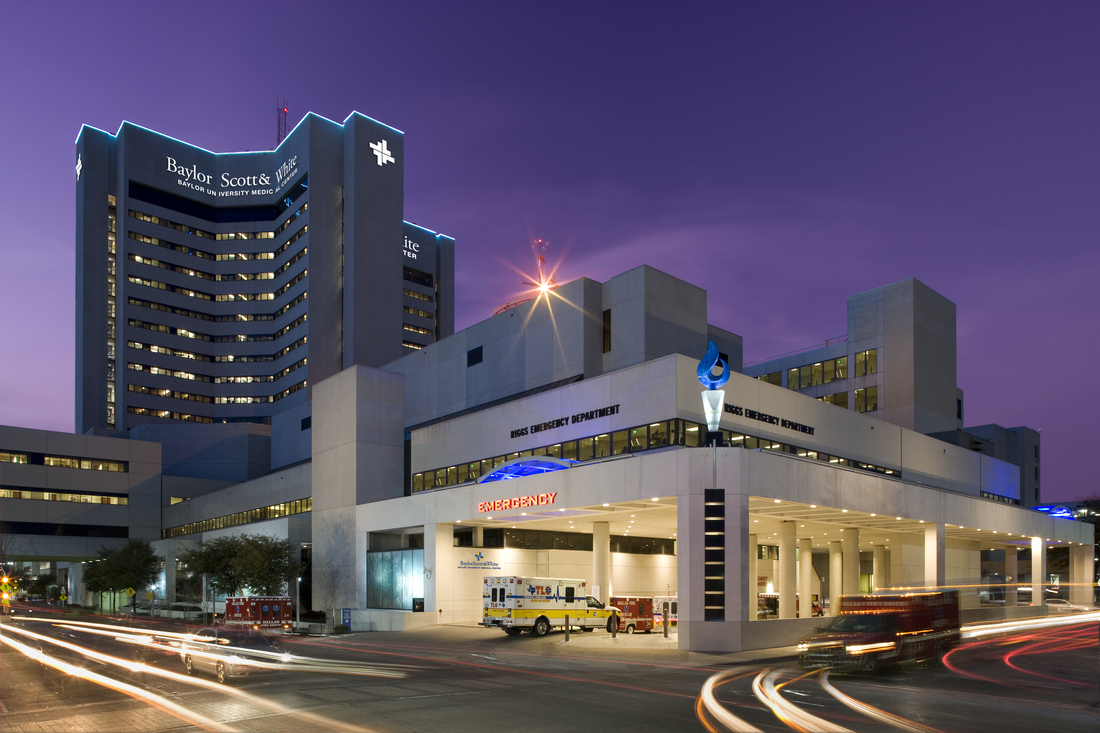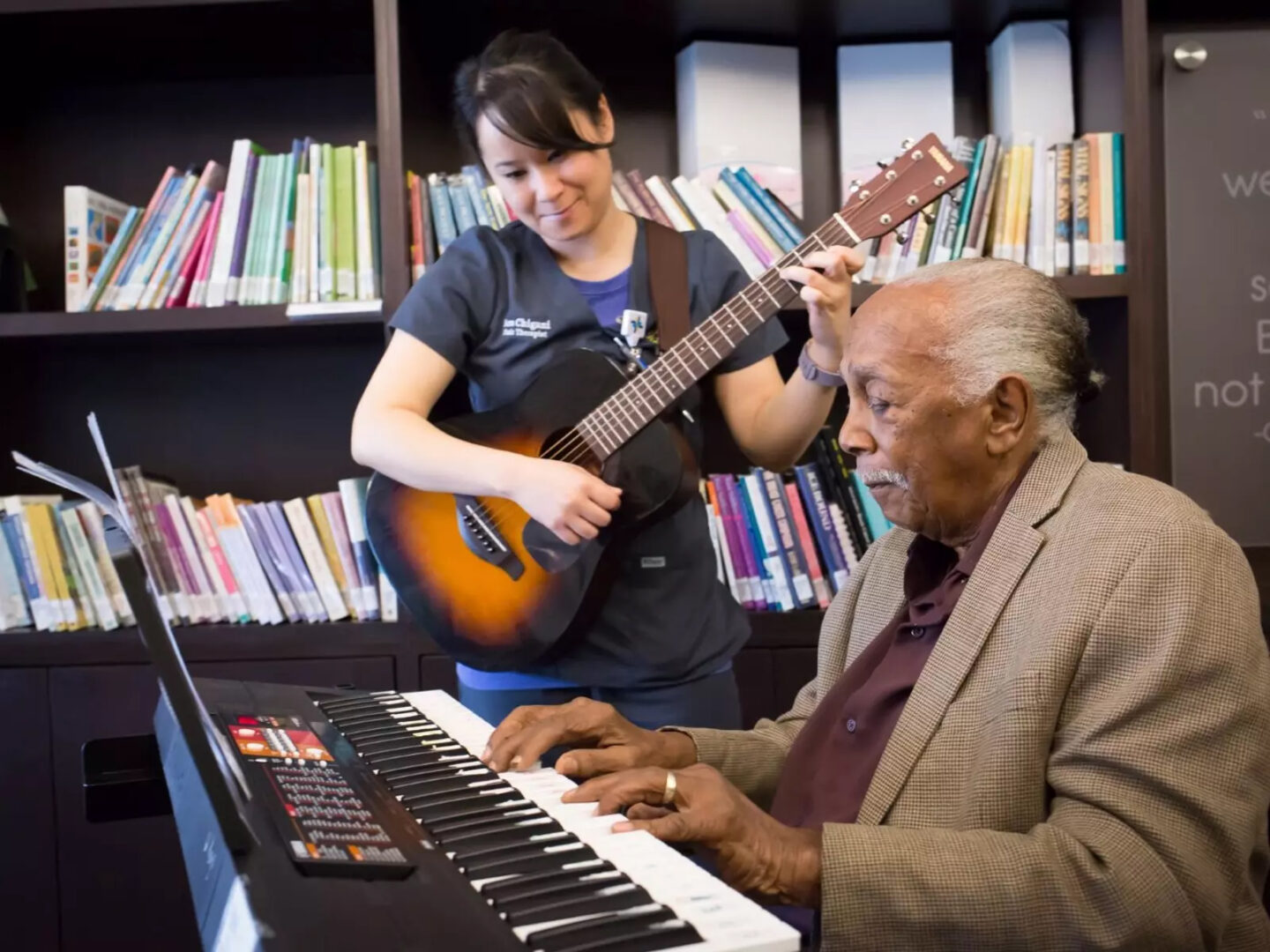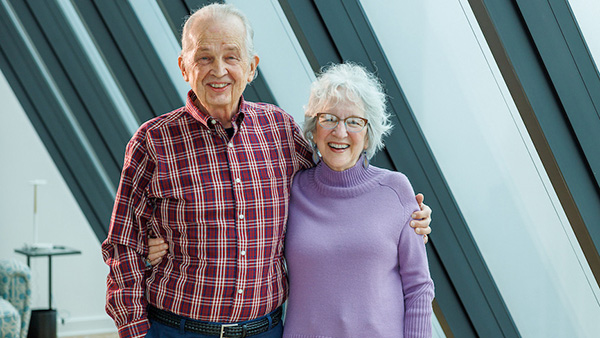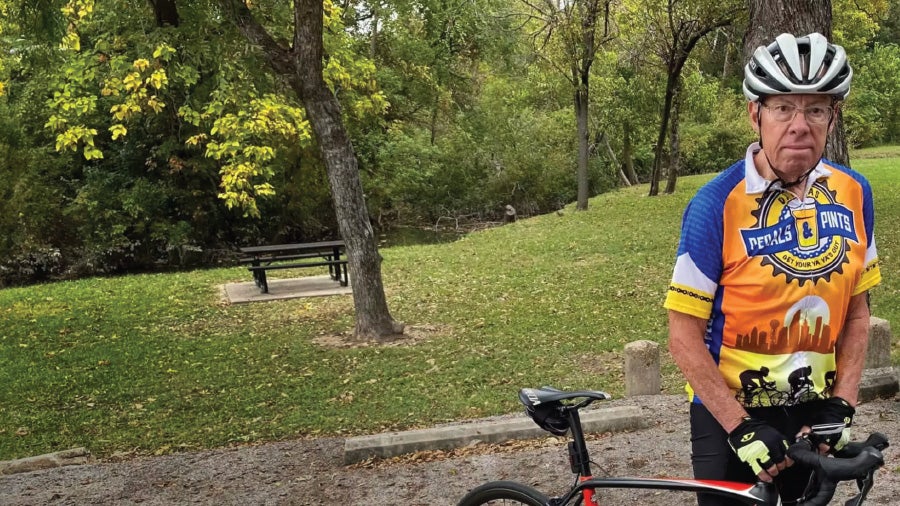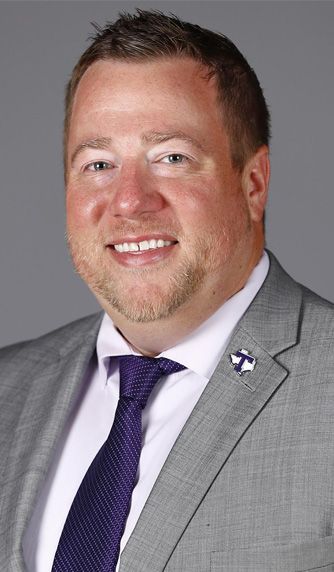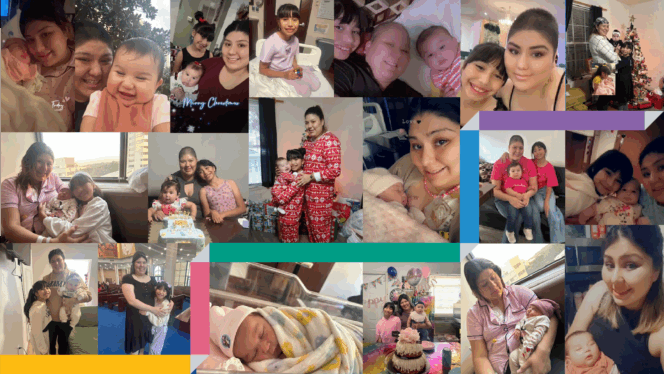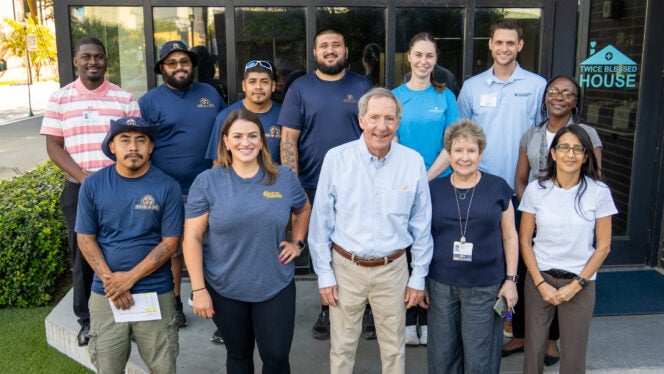Neurology expertise at BUMC helped avid cyclist Jim Crawford get back on his feet and back on his wheels.
Four years ago, Dallas resident Jim Crawford, a long-time cyclist, experienced a near-fatal stroke after a long bike ride. His speech suddenly became garbled, and he fell out of his chair. His wife, Anne, recognized the stroke symptoms and called 911.
When EMTs planned to take him to a local hospital, Anne insisted on Baylor University Medical Center (BUMC), knowing it was a Level 1 comprehensive stroke center.
Emergency department physicians on the medical staff at BUMC determined Jim had suffered an ischemic stroke, which happens when a blood clot blocks an artery leading to the brain, causing brain cells to die within minutes.
According to the interventional neuroradiologist treating him, Jim had almost no blood going to the left side of his brain. Jim was treated with tPA, a clot-busting stroke drug, and moved to interventional radiology for a thrombectomy, a surgical procedure to remove clots so blood can flow freely.
Jim doesn’t remember much prior to being discharged two days later, but he knew the quick removal of his clots saved his life. “The whole team did their part to save me and my cognitive abilities,” he said.
Jim is one of approximately 1,200 patients treated for stroke annually at BUMC, which has a nationally accredited stroke center. This designation recognizes BUMC for having the staff and expertise to rapidly diagnosis and treat strokes.
BUMC stroke center: A beacon of quality care
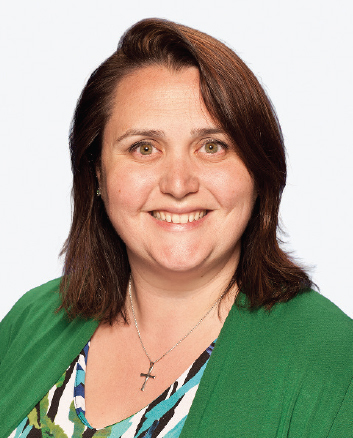
“Every minute matters,” said Jennifer Rasmussen-Winkler, MD, chief of neurology at BUMC. “We know that a minute of an ischemic stroke is 1.9 million neurons that die, so we work really hard to carve off every minute that we can.”
Carving off minutes requires an interdisciplinary team of clinicians—emergency department physicians, nurses, neurologists, radiologists and neurointerventionalists—working quickly
to save as many neurons as possible.
“Of the stroke patients who come through our doors each year, 54% of them end up going home at discharge,” said Dion Graybeal, MD, medical director of the BUMC stroke program. “They’re not needing to be hospitalized further or go to an extensive rehab facility.”
This focus on improving outcomes for stroke patients has placed BUMC among the top 5% of hospitals in the country for stroke care and patient outcomes according to Target Stroke, an American Heart Association initiative focused on improving acute ischemic stroke care.
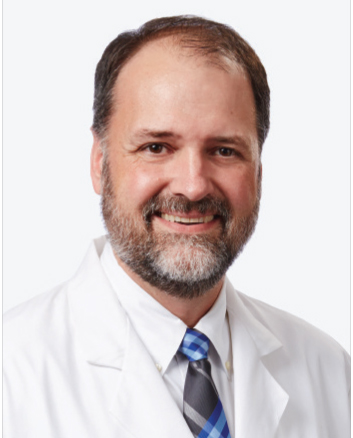
Expanding access through telemedicine
Jim’s stroke happened while he was close to home—and close to BUMC—but medical emergencies can happen at any time or place. “You may live in Dallas, but you go to your ranch, and you’re out in a rural area,” said Dr. Rasmussen-Winkler, who also serves as medical director of the BSW telestroke program. “What happens if you have a stroke there?”
Through the telestroke program, all Baylor Scott & White hospital emergency departments have immediate access to stroke specialists 24/7. Telemedicine allows instantaneous involvement of a specialized stroke neurologist from BUMC to evaluate stroke patients remotely using technology to guide treatment. “We’re taking our expertise where there are very few of these doctors
and spreading them among places that would never have had it before,”
Dr. Rasmussen-Winkler said.
Telestroke services like Baylor Scott & White’s are growing nationwide. In
recent years, these services have helped reduce the risk of death from stroke
thanks to increased access in rural areas. “Ninety-six percent of the U.S. population has telemedicine availability within 60 minutes of wherever they are,” said. Rasmussen-Winkler.
Training the next generation of neurologists
Although access to stroke services has increased, the nation faces a shortage of neurologists. To address the shortage, BUMC plans to expand its graduate medical education program to include neurology residency training.
It’s really important we take this wealth of knowledge and excellence that we have in our system and teach the next generation,” Dr. Rasmussen-Winkler said.
Funding for graduate medical education is limited, so philanthropic support is critical. It allows BUMC to attract the brightest talent—enabling clinicians to continue helping patients like Jim.
Jim, now 80, is back to doing what he loves: cycling up to 30 miles a day.
“Because of the Baylor Scott & White Health stroke team, we have had four more years of fun and life together that we probably wouldn’t have gotten if we had been anywhere else,” Anne said. “We have Baylor Scott & White to thank for that.”
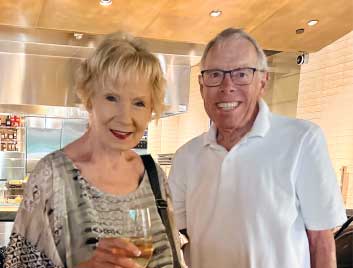
For more information, contact
